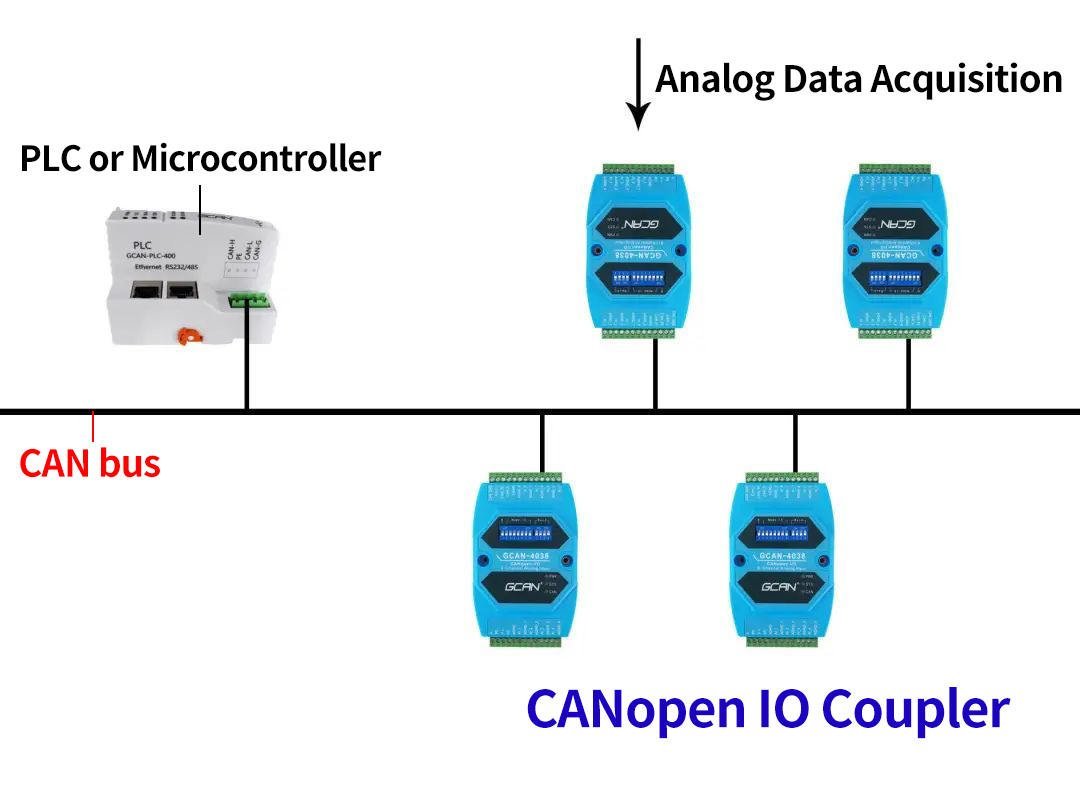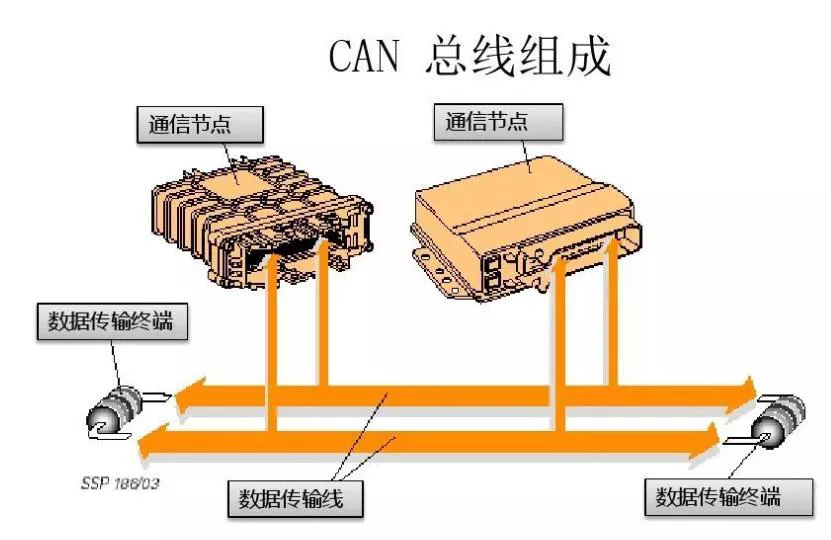Analog IO refers to the input and output interfaces used to measure and control analog signals.
Common analog IOs include the following:
The first type: Analog input (AI): Analog input refers to converting analog signals into digital signals and inputting them into the PLC system for processing and control. Common analog input signals include voltage, current, temperature, pressure, etc.
The second type: Analog output (AO): Analog output refers to converting digital signals into analog signals and outputting them to actuators or other devices for control. Common analog output signals include voltage, current, speed, position, etc.
The third type: Temperature input (TI): The temperature input is a special analog input used to measure the temperature signal and convert it into a digital signal. Common temperature input signals include thermocouples, thermistors, infrared sensors, etc.


The fourth type: temperature output (TO): temperature output is a special analog output, which is used to convert digital signals into temperature signals and output them to actuators or other devices for control.
Fifth: Voltage input (VI): Voltage input is a special analog input used to measure voltage signals and convert them into digital signals. Common voltage input signals include DC voltage, AC voltage, etc.
Sixth: Current input (AI): Current input is a special analog input used to measure current signals and convert them into digital signals. Common current input signals include DC current, AC current, etc.
In short, different types of analog IO are suitable for different application scenarios and equipment requirements.
When selecting an analog IO, it needs to be decided according to the specific control task and signal type.
Looking for a Expandable PLC for your next project ? Click to learn more!
